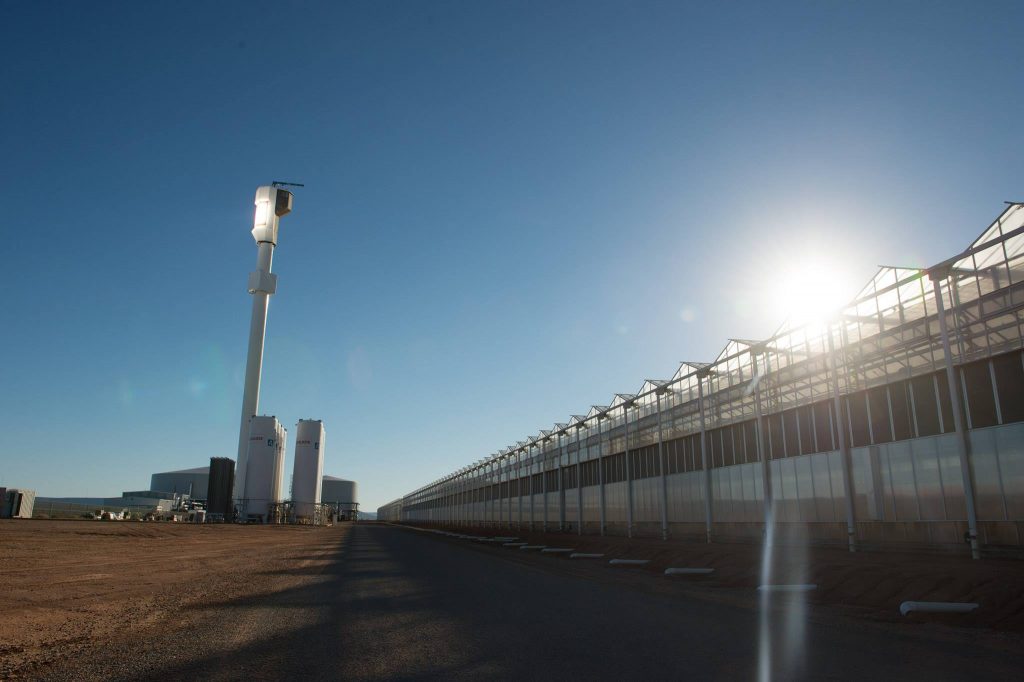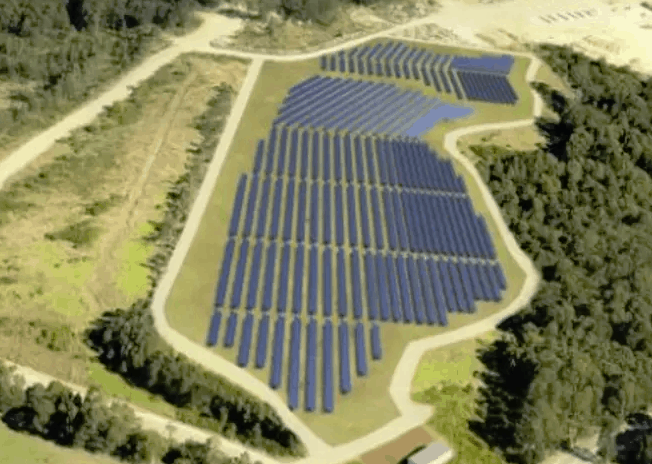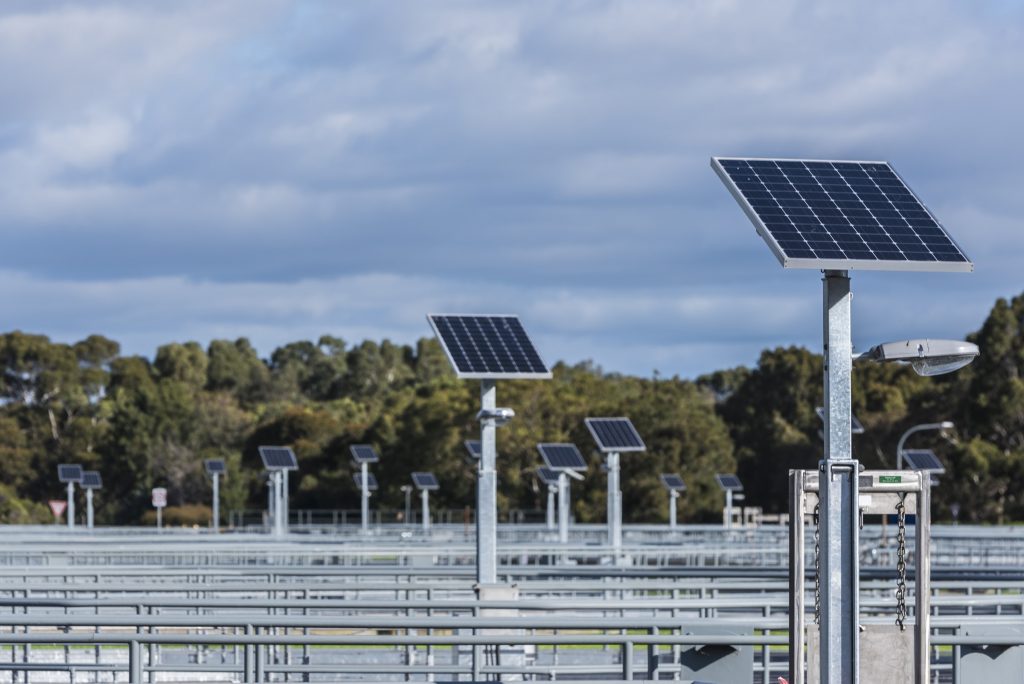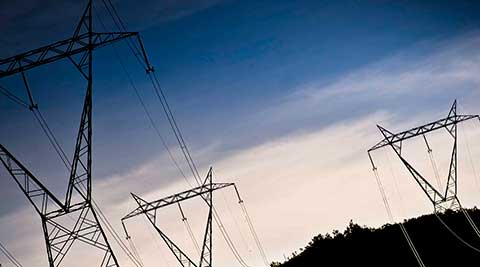Last month one of Australia’s longest running solar tech companies, GreatCell Solar, went into administration after the double blow of the death of their lead scientist and a failure to secure funding for its Dye Solar Cells prototype facility.
GreatCell Solar Calls In Administrators
GreatCell Solar have unfrotunately had to call in administrators in December 2018 due to the death of their chief scientist and a problem with funding.
“The decision follows a series of unfortunate and unwelcome developments in recent weeks, including the untimely death of chief scientist Dr Hans Desilvestro in a mountaineering accident on 10 November,” Greatcell (ASX:GSL) told investors in mid-December.
According to Stockhead, GreatCell has developed a third generation photovoltaic (PV) technology called Dye Solar Cells (DSC). DSCs are based on dye-sensitised films and are able to convert any visible light (including indoor low light) into electricity. They have been trying to get more funding for the tech but they’ve had problems with that too.
GreatCell Funding Fail
“Despite a global search and chasing down every potential funding opportunity, GSL has not been able to attract sufficient long-term equity investment,” the solar company said in a statement published on RenewEconomy:
“This is an extremely disappointing outcome for Greatcell Solar, its directors, employees and shareholders given the considerable investment already undertaken over many years to achieve an advanced, pre-commercialisation status for its 3rd generation photovoltaic technology.
“The Company is widely considered amongst its international peers to be pre-eminent in the field of Perovskite Solar Cell PV technology” the statement continues.
In late 2007 GreatCell were the recipients of a $6m ARENA grant to help fund research into perovskite solar cell technology. Unfortunately it appears that they’re somewhat stymied at the moment – but they still have a tech roadmap up on their website which leads us to still have some hope:
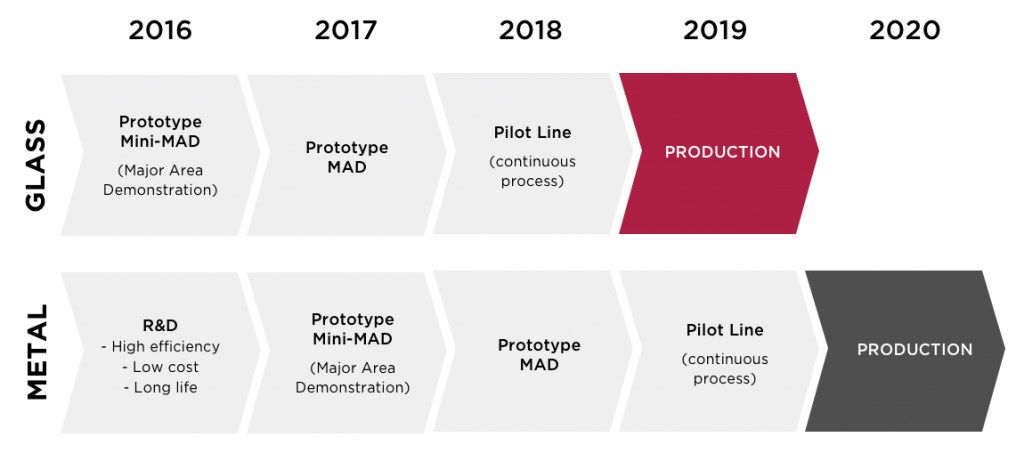
Perovskite solar cells are gaining traction lately and this is the tech used in these prototypes. No word yet on what’s going to happen to Greatcell in 2019, but its statement didn’t leave a surfeit of hope:
“With the appointment of Administrators, BRI Ferrier, the outlook for shareholders is uncertain at best” it reads. Fingers crossed they’re able to secure some more funding and get back to work with a new team.

